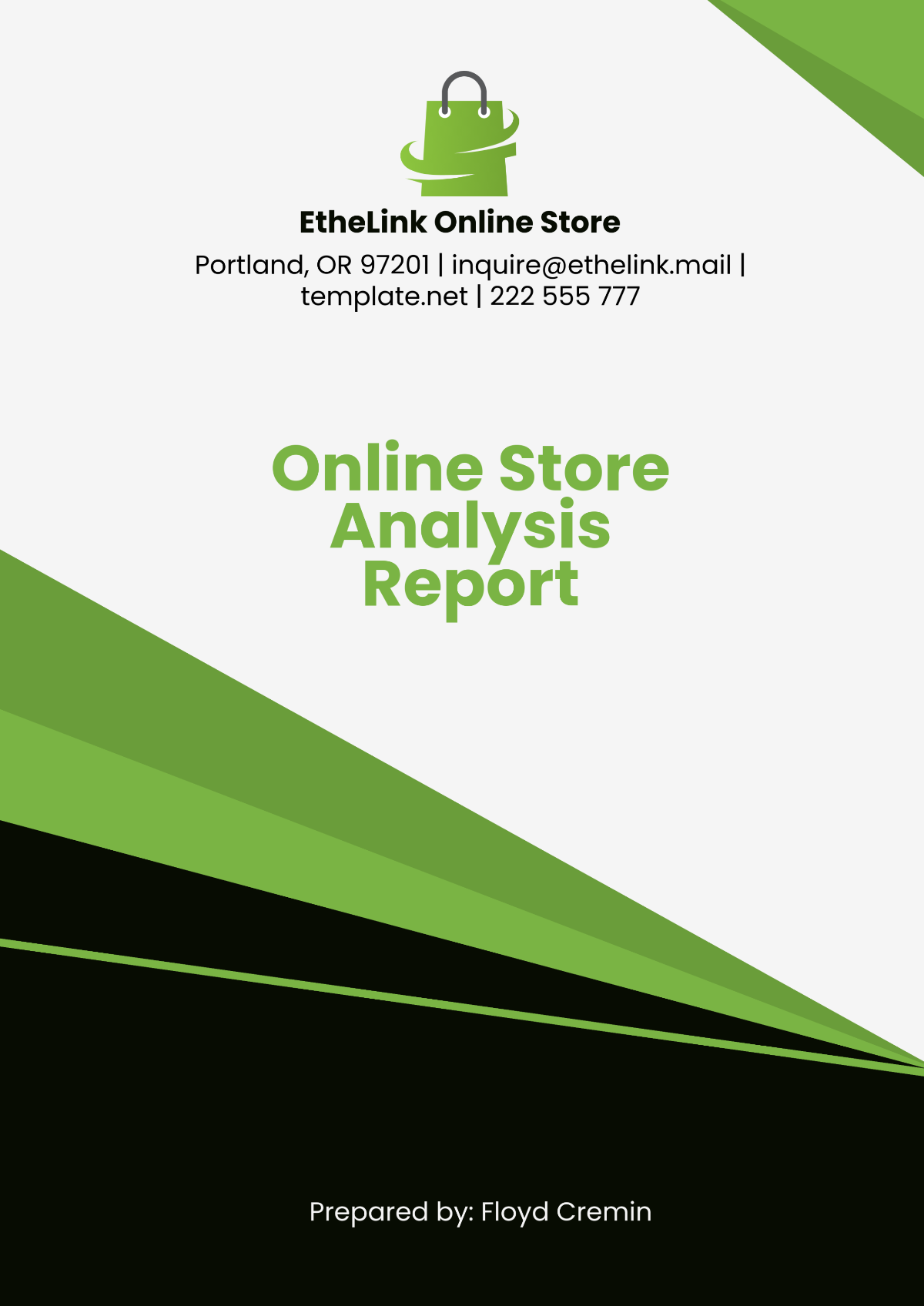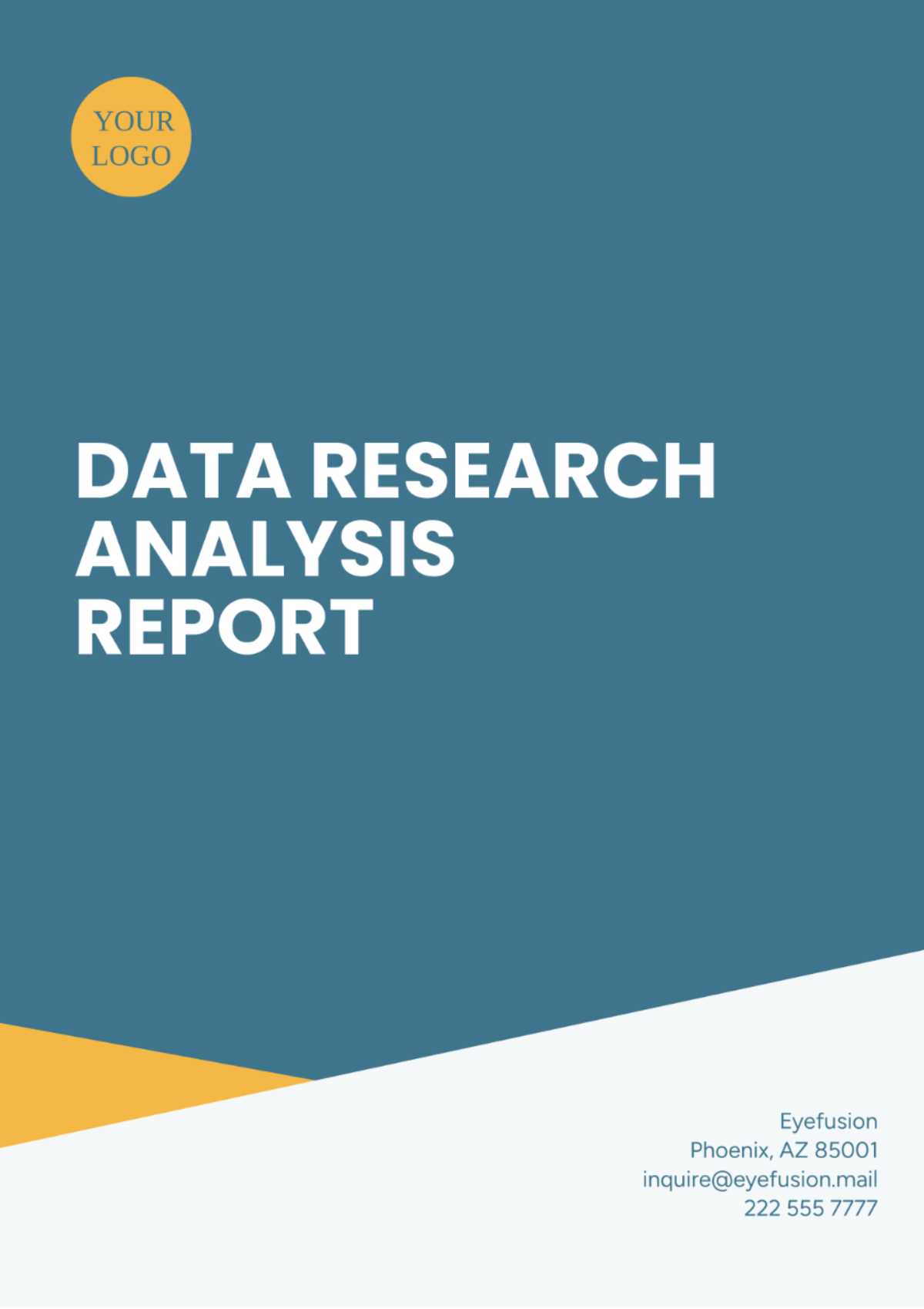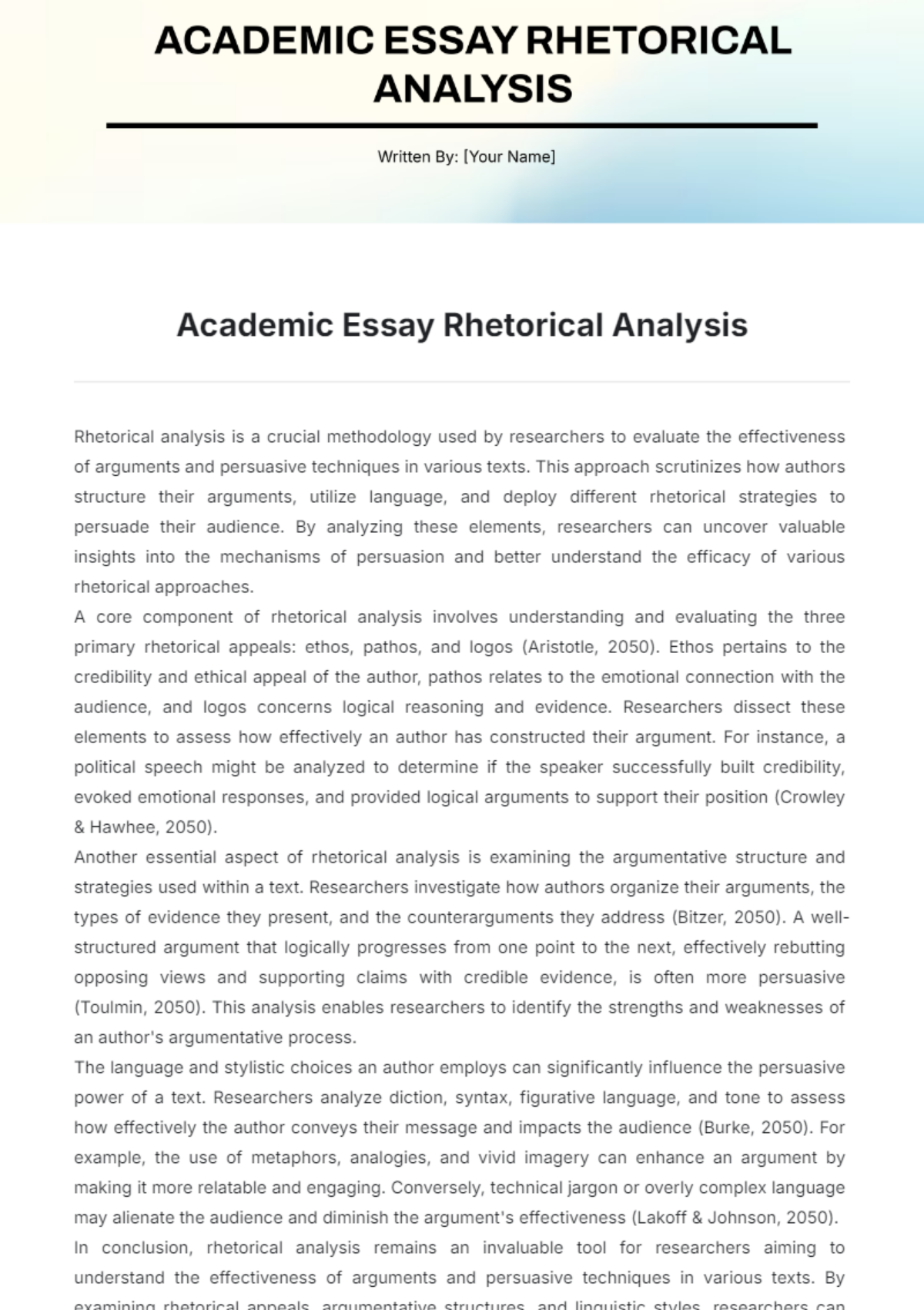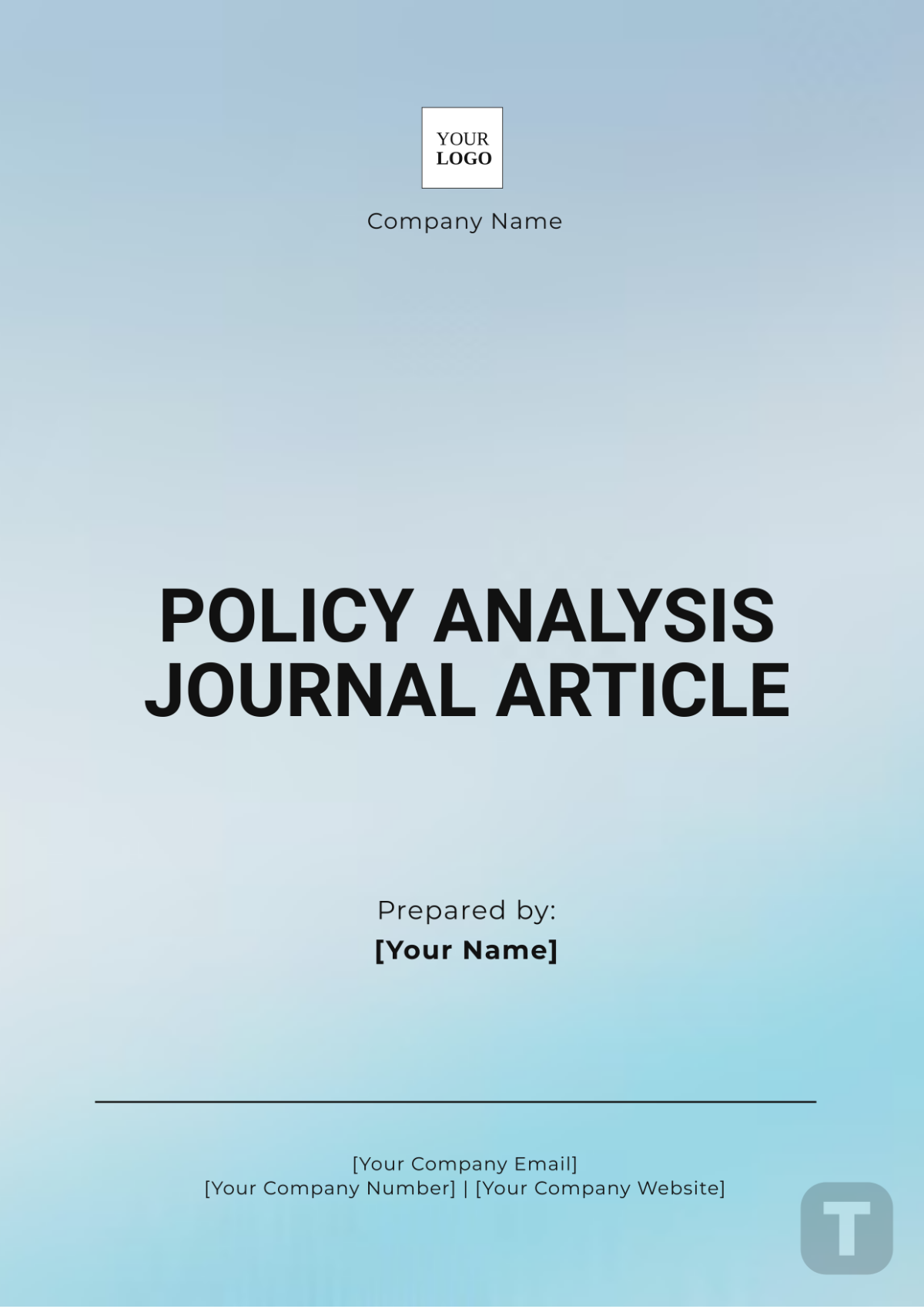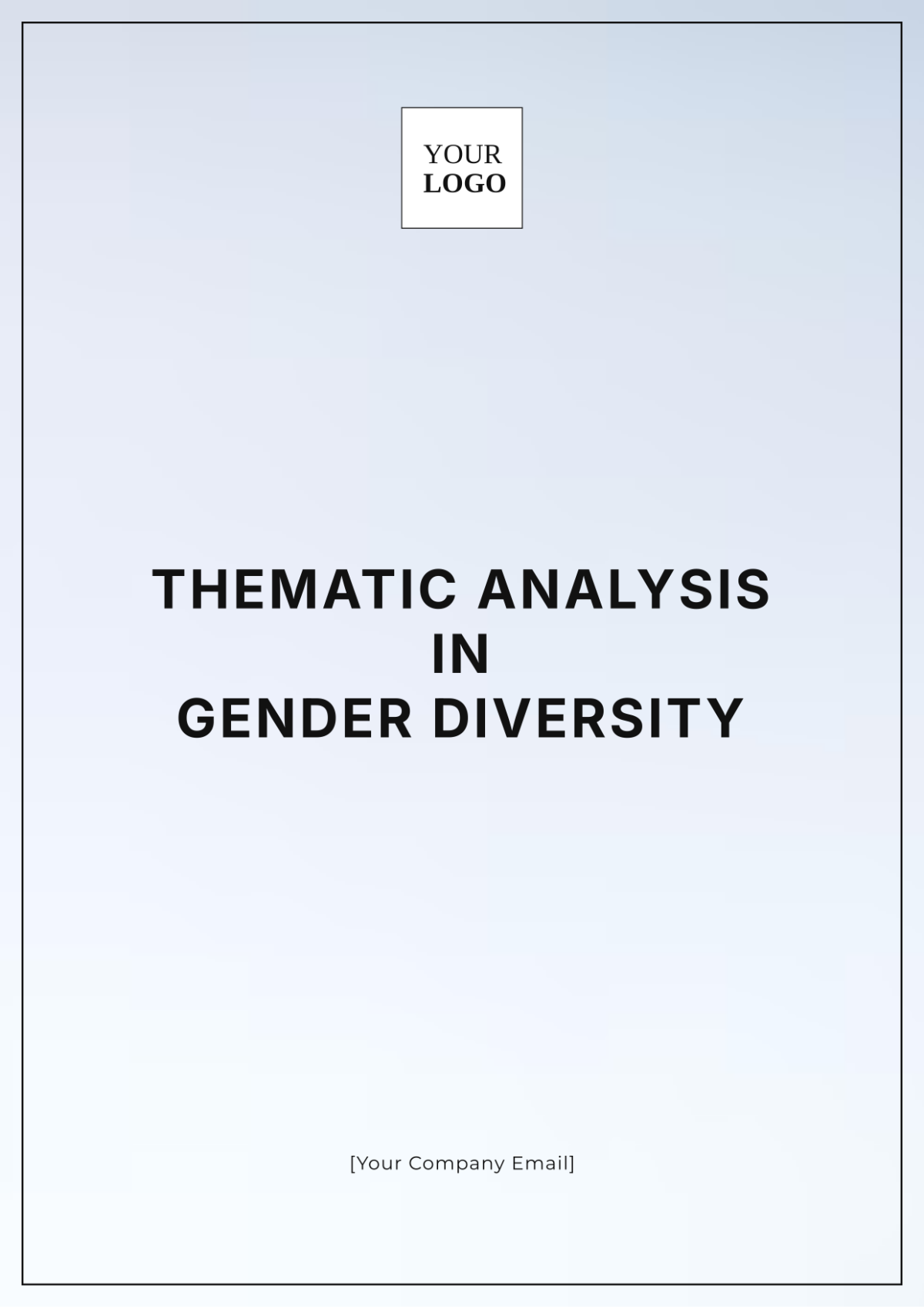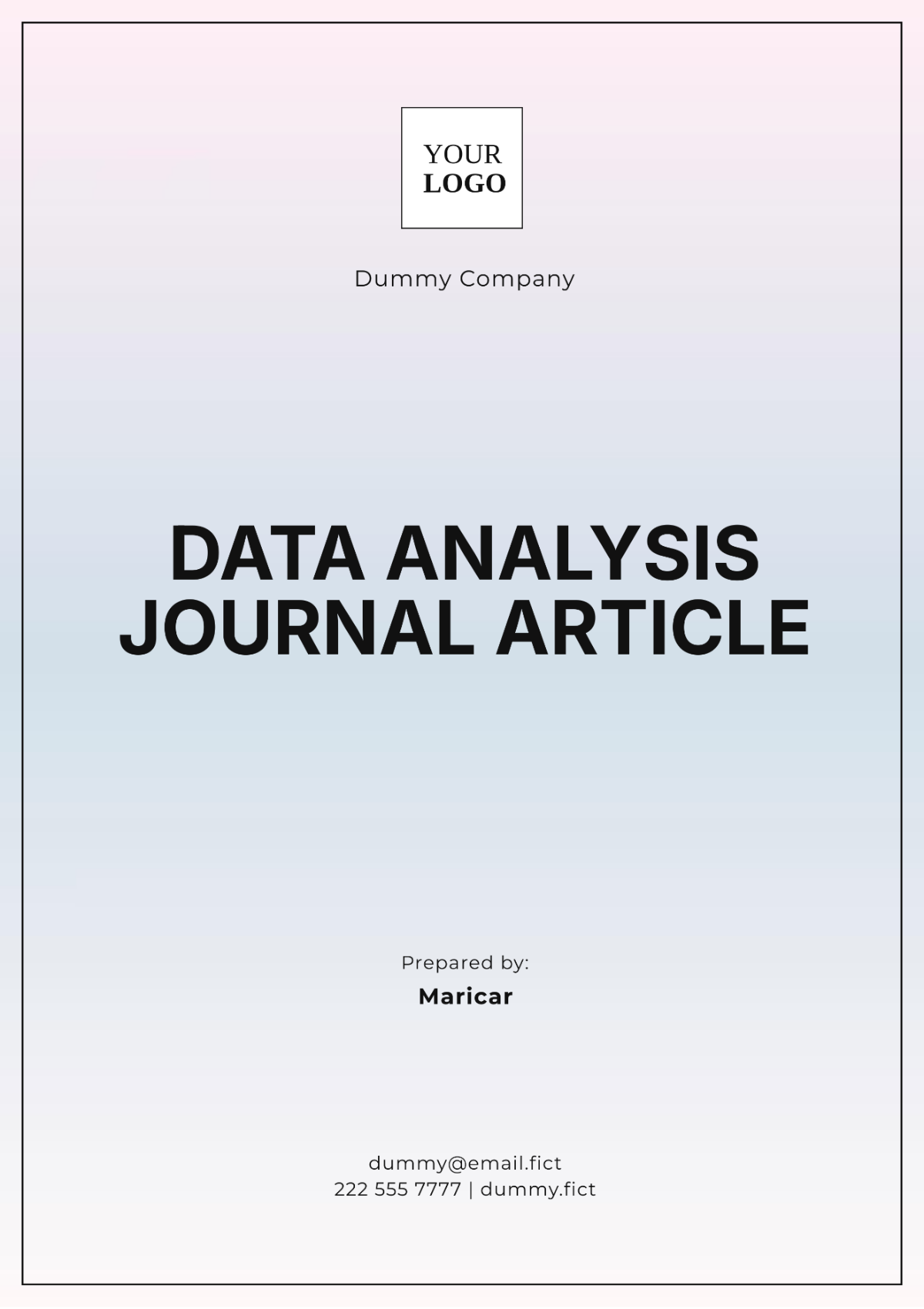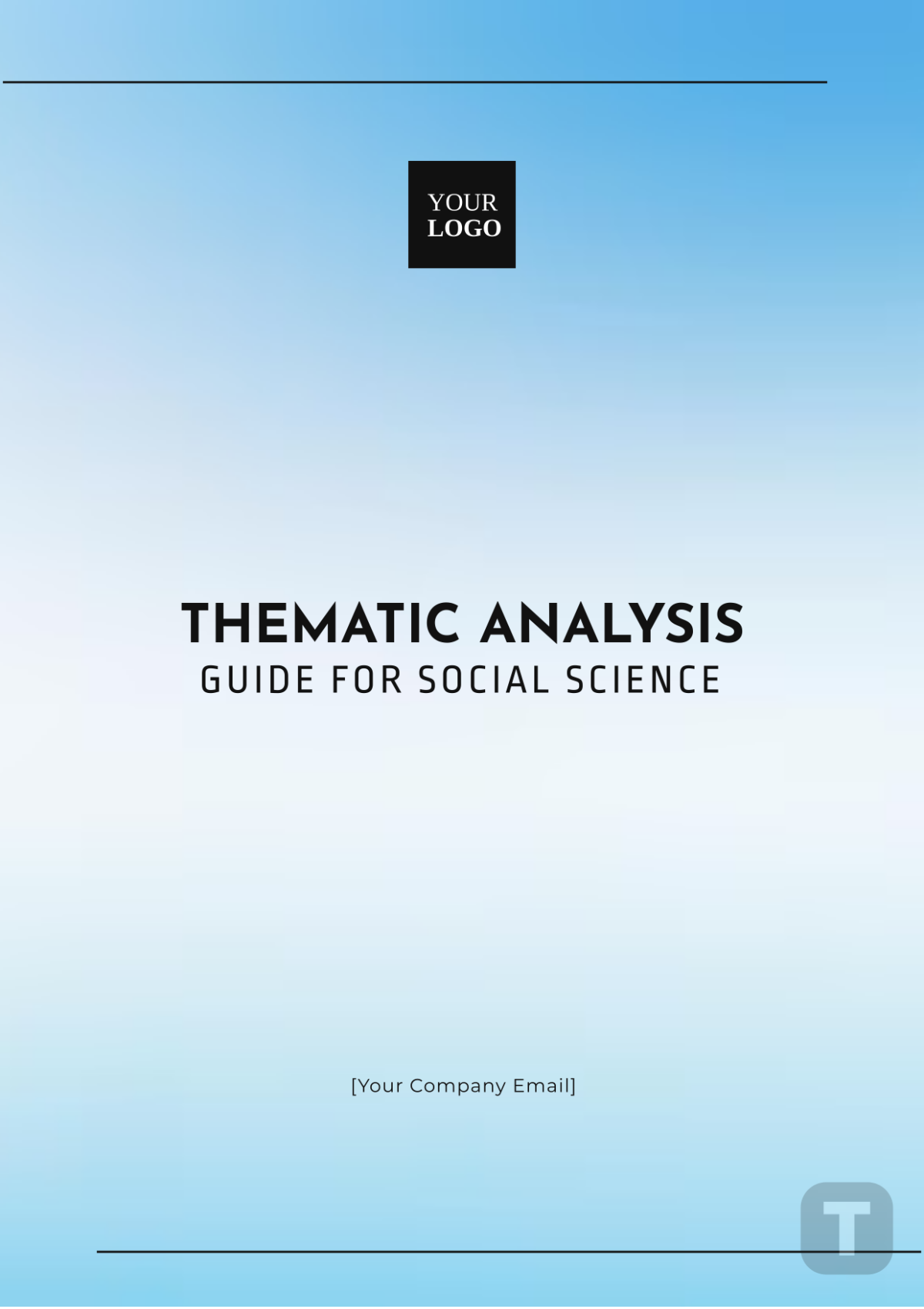Thematic Analysis Guide for Social Sciences
Prepared By: [Your Name]
Organization: [Your Company Name]
1. Introduction to Thematic Analysis
1.1 What is Thematic Analysis?
Thematic analysis is a qualitative research method used to identify, analyze, and report patterns (or themes) within data. It provides a systematic way of organizing and interpreting data to understand complex phenomena, making it a popular choice in social sciences research. Unlike other qualitative methods, thematic analysis is flexible, allowing researchers to approach data in a variety of ways, which can be inductive (data-driven) or deductive (theory-driven).
1.2 Importance in Social Sciences
Thematic analysis is particularly valuable in social sciences because it allows researchers to delve deeply into the social and psychological meanings of data. Whether analyzing interviews, focus groups, or textual data, this method helps uncover insights that might not be immediately apparent, offering a nuanced understanding of participants' experiences, beliefs, and behaviors.
2. Steps in Conducting Thematic Analysis
2.1 Familiarization with the Data
The first step in thematic analysis is to become intimately familiar with the data. This involves reading and re-reading the data, and noting down initial ideas. The goal is to immerse oneself in the data, understanding the context, nuances, and overall content.
Data Collection: Ensure the data is accurately transcribed if collected through interviews or focus groups. Quality transcription is crucial for effective analysis.
Initial Notes: Make notes on potential patterns or interesting points as you review the data.
2.2 Generating Initial Codes
In this stage, the researcher begins to organize data into meaningful groups, known as coding. Coding involves labeling parts of the data that are relevant to the research question.
Systematic Coding: Code all the data systematically, covering each segment that might be relevant. Codes can be word or a short phrase capturing the essence of the data.
Collating Data: After coding, collate all data extracts within each code to begin identifying broader patterns.
2.3 Searching for Themes
Themes are broader patterns of meaning that are identified across the data set. During this phase, the researcher examines the codes and looks for themes by clustering similar codes together.
Collating Codes into Themes: Review the codes and group them into potential themes.
Thematic Map: Create a visual representation (thematic map) to organize themes and subthemes.
2.4 Reviewing Themes
At this stage, the initial themes are reviewed to ensure they accurately reflect the data. This involves refining the themes, which may include combining, splitting, or discarding some.
Checking the Fit: Ensure that each theme accurately represents the coded data and the overall data set.
Refining Themes: If necessary, refine themes to make them more specific or more encompassing, depending on the data.
2.5 Defining and Naming Themes
This step involves defining and naming each theme, ensuring that it captures the essence of the data and the research focus. Each theme should have a clear narrative and be distinct from the others.
Defining Themes: Write detailed analyses of each theme, including what is unique and significant about it.
Naming Themes: Assign concise and descriptive names to each theme that reflect its content.
2.6 Producing the Report
The final phase of thematic analysis is producing the report. This includes the write-up of the analysis, where the themes are presented in a coherent narrative that answers the research question.
Thematic Narrative: Provide a detailed narrative that explains each theme, supported by data extracts.
Conclusion: Summarize the findings, discussing their implications and relevance to the research question.
3. Coding Techniques in Thematic Analysis
3.1 Open Coding
Open coding involves breaking down the data into discrete parts, closely examining and comparing them for similarities and differences. This technique is particularly useful during the early stages of analysis when identifying all possible themes.
Process: Label each section of data that seems relevant to the research question. Do not limit the number of codes—this stage is about exploring all potential patterns.
Example: In a study on social identity, open codes might include "self-perception," "group dynamics," and "external influences."
3.2 Axial Coding
Axial coding is used to refine and relate codes identified during open coding. It involves grouping codes into categories that are more abstract and establishing relationships between them.
Process: Review the codes and organize them into larger categories. Identify connections and patterns within these categories.
Example: Continuing from the previous example, "self-perception" and "group dynamics" might be grouped under a broader category like "Identity Formation."
3.3 Selective Coding
Selective coding involves choosing one central theme or category and systematically relating it to other categories. This final stage of coding ensures that the narrative is coherent and grounded in the data.
Process: Identify the core theme that is central to the research question and connect all other themes to this core theme.
Example: "Identity Formation" might become the central theme, with other themes like "external influences" linked to it.
4. Common Challenges in Thematic Analysis
4.1 Subjectivity in Coding
Thematic analysis can be highly subjective, as it relies on the researcher’s interpretation of the data. This subjectivity can introduce bias, making it essential to maintain reflexivity throughout the process.
Solution: Use multiple coders or peer debriefing to enhance the reliability of the analysis. Regularly revisit the data to ensure the codes and themes remain grounded in the data.
4.2 Overwhelming Amount of Data
Thematic analysis often involves working with large volumes of data, which can be overwhelming and challenging to manage.
Solution: Organize data systematically from the start and use software tools like NVivo or Atlas.ti to assist with data management and coding.
4.3 Theme Overlap
Sometimes, themes may overlap or be too broad, making it difficult to draw distinct conclusions.
Solution: Regularly review and refine themes, ensuring each theme is distinct and contributes uniquely to the research question.
5. Applications of Thematic Analysis in Social Sciences
5.1 Educational Research
In educational research, thematic analysis can be used to explore students' learning experiences, teaching methods, or educational policies. For instance, researchers might analyze interviews with teachers to identify common themes related to instructional strategies or challenges in the classroom.
Table: Educational Research Applications
Study Focus | Themes Identified | Outcome |
|---|---|---|
Students’ Learning Experiences | Engagement, Motivation, Barriers | Insights into factors influencing student success. |
Teachers’ Instructional Methods | Innovation, Classroom Management, Challenges | Development of new teaching strategies. |
5.2 Health and Wellbeing Research
In health and wellbeing research, thematic analysis is often used to understand patients' experiences, public health issues, or the effectiveness of health interventions.
Table: Health and Wellbeing Research Applications
Study Focus | Themes Identified | Outcome |
|---|---|---|
Patients’ Experiences | Access to Care, Emotional Support | Recommendations for improving patient care. |
Public Health Campaigns | Awareness, Behavior Change | Evaluation of campaign effectiveness and public impact. |
6. Ethical Considerations in Thematic Analysis
6.1 Confidentiality and Anonymity
Maintaining confidentiality and anonymity is critical in thematic analysis, particularly when dealing with sensitive data. Researchers must ensure that participants' identities are protected, and data is handled with care.
Strategies: Use pseudonyms or codes to refer to participants. Securely store data and limit access to authorized personnel only.
6.2 Informed Consent
Informed consent is necessary to ensure that participants are fully aware of the research's purpose, methods, and potential risks. This consent should be documented and obtained before data collection begins.
Strategies: Provide clear and comprehensive consent forms. Offer participants the opportunity to ask questions and withdraw from the study at any time.
7. Conclusion
Thematic analysis is a versatile and powerful tool in social sciences research, allowing for in-depth exploration and interpretation of qualitative data. By following a systematic process of familiarization, coding, theme identification, and analysis, researchers can uncover meaningful insights that contribute to our understanding of complex social phenomena. When conducting thematic analysis, it is crucial to remain reflexive and mindful of ethical considerations, ensuring that the research is both rigorous and respectful of participants' rights.



